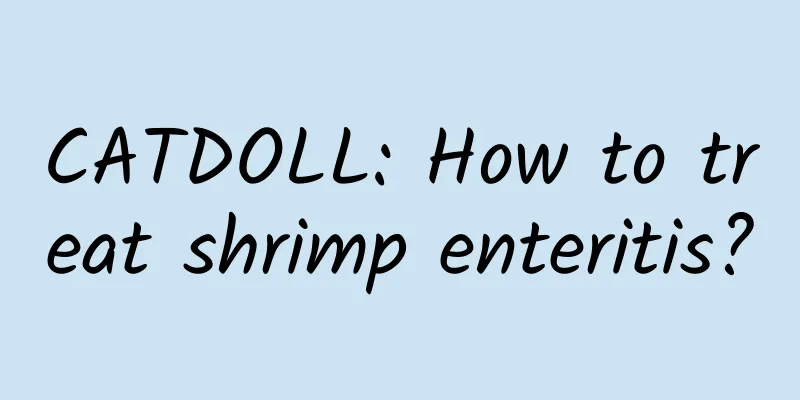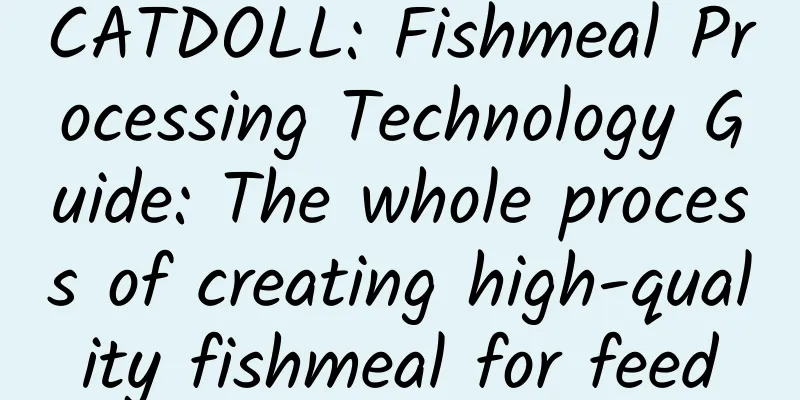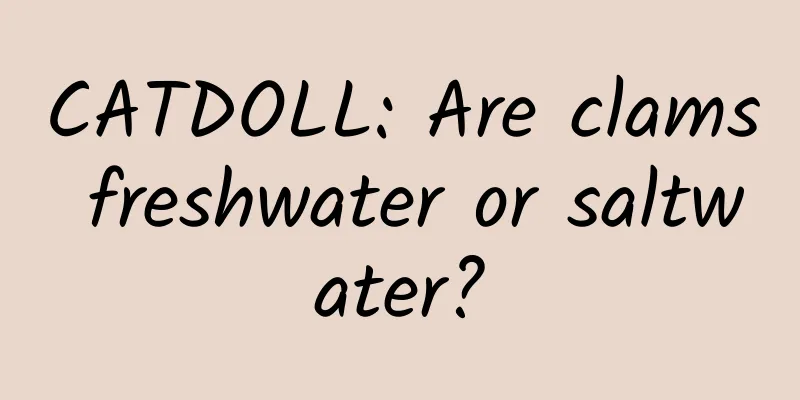CATDOLL : CATDOLL: How to treat shrimp enteritis?

|
Affected by the weather, the risk factor of aquaculture is also increasing. The water is unstable and accompanied by algae collapse. Once the shrimp ingest dead algae, they will immediately develop mild enteritis, severe red bodies or empty stomachs, leading to large-scale deaths and heavy losses. However, in Fujian, shrimp farmers are suffering from enteritis symptoms. Enteritis is one of the more common diseases in shrimp farming, and it is common throughout the entire farming cycle. The digestive tract of diseased shrimp turns red, and the stomach is most obvious during acute infection. The posterior part of the midgut also turns red or swollen, and the rectum (hindgut) becomes turbid. It loses elasticity, and there is no food in the intestine. In severe cases, the intestinal mucosa necrotizes and falls off, and pus or fluid accumulates in the intestine. The red pigment cells in the intestinal wall expand, and a large number of blood cells gather. The intestine is broken, and there are stools. The diseased shrimp is inactive, anorexia, and grows slowly. Figure 1 shows redness in the digestive tract caused by acute enteritis Symptoms such as redness, swelling and turbidity of the digestive tract can be clearly seen from the outside. Dissect the diseased shrimp, remove the digestive tract, cut a small section from the stomach, midgut and rectum, and use the compression method to examine the intestinal wall under a high-power microscope for blood cell aggregation and erythrocyte expansion. Some shrimps may have stool problems due to intestinal and digestive problems. This is mainly because the shrimps’ digestive ability is damaged, the residual protein in their feces is high, the viscosity is increased, and the mucosa in the intestines falls off and necrotizes, resulting in stool problems. Enteritis not only causes shrimps to have poor ability to absorb and utilize nutrients from feed, leading to malnutrition and weight loss, a significant decrease in physique and disease resistance, difficulty in molting, or even death due to unsuccessful molting. Shrimp with enteritis can also quickly deteriorate water quality, especially when the intestines are not empty (the feces become transparent watery) and when they have diarrhea. They eat more feed but absorb less (because they cannot absorb nutrients from feed due to enteritis). The transparent watery feces contain a large amount of soluble protein, which is all dissolved in the water and cannot collect pollutants and discharge, causing the water body to deteriorate. 1. Causes of enteritis Enteritis is a common disease in shrimp farming and can occur throughout the entire farming cycle. Generally speaking, enteritis is mainly caused by the following reasons: 1. Bacterial infection In recent years, outbreaks of shrimp diseases are mainly caused by bacterial diseases. Pathogenic bacteria such as Aeromonas hydrophila, Escherichia coli, and Salmonella are generally believed to cause enteritis in shrimp. When these pathogens have a numerical advantage in the intestinal flora, enteritis will occur. Therefore, before infection with pathogens, it is necessary to build beneficial intestinal flora in advance to compete and inhibit each other to maintain a stable dynamic balance. Many front-line experts have verified that feeding live bacterial preparations from the beginning of stocking can make the shrimp intestine healthier and less likely to get sick. Figure 2 shows redness of the intestines and darkening of the skin due to bacterial enteritis 2. Algal toxins According to frontline observations, after the appearance of harmful algae in the pond, it is highly likely that shrimp will develop enteritis. In fact, it is common to have a certain proportion of harmful algae in the breeding process, but when harmful algae dominate in the pond, they will cause shrimp poisoning and enteritis due to flocculation or adhesion to feed and ingestion by shrimp, or the death of harmful algae and release of algal toxins into the water. Generally speaking, dinoflagellates are common in high-salinity earth ponds and high-level ponds, and blue algae outbreaks are common in low-salinity earth ponds, which are prone to cause enteritis. 3. The toxins in the bait affect the shrimp intestines and induce enteritis For example, the oxidized oils and aflatoxins present in spoiled feed, after being ingested by shrimps, have a toxic effect on the mucosal epithelial cells in the shrimps' intestines, causing damage to the shrimps' intestinal tissues and subsequent inflammation. Why is enteritis more common in mid- and late-season crops? ① Climate: Mid- to late-season farming generally takes place from May to November. During this period, the temperature is relatively high and there is much rain, which can easily cause problems such as undesirable algae (such as dinoflagellates and cyanobacteria), overturned algae stress, and Vibrio growth, making enteritis more likely to occur. ② Water source: It rains a lot from May to November, and the river water brings in a lot of organic matter. In addition to the discharge of aquaculture wastewater, the water source conditions in the open sea are poor, bacteria breed, and harmful algae run rampant. Pumping water into the pond poses a high risk of infection. ③ Feeding: The water temperature of mid- and late-season shrimp is high, and they eat quickly. Most farmers follow the principle of "adding more after eating" and continue to add feed, ranging from five catties to more than ten catties. Long-term overeating will not only put a heavy load on the liver and pancreas, but also stretch and deform the intestines, weaken the peristalsis ability, and damage and inflame the intestinal mucosa. 2. Symptoms of enteritis 1. Apparent symptoms When enteritis occurs, the digestive tract of the shrimp appears red, with the stomach being the most obvious. The posterior part of the intestine also becomes red or swollen, and the posterior cecum becomes turbid. When the condition worsens further, the intestines will be broken and there will be stool dragging. The diseased shrimps will have poor vitality, slow feed intake and slow growth. In severe cases, there is no food in the intestine, the intestinal mucosa necrotizes and falls off, pus or fluid accumulates in the intestine, the toughness of the intestine becomes poor, it is easy to break, and a small number of shrimps die. 2. Microscopic examination Under normal circumstances, the pigment cells in the intestine are dot-shaped and less diffuse. When the shrimp is under great stress or the intestine is inflamed, the pigment cells diffuse in a snowflake shape. When it is more serious, the pigment cells react with some oxygen free radicals produced when the inflammation occurs and appear red. Based on the physiological mechanism of shrimp, we have preliminarily defined the intestinal health reference standard by conducting a large number of intestinal microscopic examinations and combining them with the actual breeding situation. After excluding the influence of environmental conditions such as dissolved oxygen, harmful algae, and stress, it is found that most slow-feeding shrimp are basically determined to be caused by enteritis. Intestinal microscopic examinations are abnormal intestines or severely abnormal intestines, with diffusion, redness, etc. 3. Farming problems caused by enteritis 1. Slow growth and weak constitution After enteritis occurs, the intestinal absorption capacity of feed nutrients decreases, resulting in malnutrition of shrimps, weight loss, difficulty in molting, and slow growth. Over time, the physical fitness and disease resistance will be greatly reduced, and the shrimps will die or suffer from other diseases. 2. Rapid deterioration of water quality After the feed is ground in the stomach and digested by the liver and pancreas, it needs to be further digested and absorbed in the intestines. After shrimp enteritis, the intestinal digestion and absorption are less, and a large number of particles and soluble proteins that need to be further digested are directly discharged into the water, which is difficult to collect and discharge, and the water deteriorates rapidly. 4. Incidence of enteritis The current stage is the critical period for late shrimp farming in high-position ponds in the south. Most farmers have already stocked prawns for 40-60 days, and the specifications are mainly concentrated in 100-400 heads per catty. However, we visited farmers and found that about 80% of farmers in Zhanjiang Lemin, Qishui, Beihe and other high-position pond farming towns have the phenomenon of enteritis and slow feeding to varying degrees. We performed intestinal microscopic examinations on these pond shrimps and found that most of them had enteritis and slow-feeding shrimps, with intestinal pigments significantly diffused, blurred, or even red. V. Prevention Plan 1. Add feed slowly and feed more bacteria When the weather is good, add feed steadily; when the weather is bad, reduce or stop feeding to avoid feed contamination. 2. Less stress, more repair During the breeding process, stress and damage often occur, especially in high-density breeding in high-position ponds. On the one hand, try to avoid stress, such as water temperature changes, algae collapse, etc. On the other hand, continuous repair is required, and beneficial bacteria and other products should be mixed and fed. 3. Drain sewage frequently and change water frequently The environment greatly affects the development of pathogenic factors and the physical condition of shrimp. In the middle and late stages of aquaculture, sewage must be discharged frequently, 8-10 times a day, in conjunction with water changes and bacterial supplementation to improve the water quality environment. Environmental improvement can not only reduce the incidence of enteritis, but also facilitate the recovery of enteritis. 6. Suggestions for the treatment of shrimp enteritis 1. Prevention of intestinal diseases The intestine is the digestive organ of shrimp, which has the functions of improving digestion and enhancing immune function, and resisting the occurrence of shrimp diseases. The microorganisms in the intestine live in a certain space for a long time, competing and inhibiting each other, and finally maintaining a certain proportion of dynamic balance. However, since the shrimp intestine is affected by factors such as feed and water quality, once conditional pathogens such as Vibrio become the dominant flora, shrimp will develop diseases. Some deaths and failures to molt in shrimp farming are mostly related to shrimp intestinal edema. Therefore, if you want shrimp to grow healthily, you must maintain a relative balance of the microecology in the intestine. Enteritis is a common bacterial disease in shrimp farming. It occurs frequently and is neither mild nor severe. In severe cases, it can develop into an empty stomach and jejunum! So how can we make an early diagnosis? How can we prevent and treat it? Here is a sharing for you! Bacterial infection, algal toxins, etc. can cause enteritis, but the root cause is still the physical condition of the shrimp! Four intestinal conditions 1. Healthy Intestines The intestinal pigment spots are small, dark brown, with clear outlines, no redness or diffusion, and the spots are independent and not cross-linked. The intestinal membrane stroma is clear. 2. Sub-healthy intestines The pigment spots on the intestinal wall are slightly diffuse and tree-like, with slightly reddish edges and relatively clear intestinal membrane stroma. 3. Abnormal Intestine The pigment spots on the intestinal wall spread out in a clear dendrite-like manner, with the middle of the spots being black and the edges being red. Adjacent spots are cross-linked into one piece, and the entire intestinal membrane is blurred. 4. Severe intestinal abnormalities The pigment spots on the intestinal wall are reddish, faded, and have blurred outlines. A few are spread in filamentous forms, and most are irregular in shape. The dangers of enteritis 1. Slow growth and weak constitution After enteritis occurs, the intestine's ability to absorb feed nutrients decreases, and the physical fitness and disease resistance decrease significantly. The most direct impact is that it affects the profitability! 2. Deterioration of water quality After shrimp enteritis, the intestinal digestion, absorption and utilization are reduced, and a large amount of particles and soluble proteins that need further digestion are discharged into the water, polluting the water quality. Treatment plan for enteritis and jejunal empty stomach 1. Measure the Vibrio in the pond regularly. If there are a lot of green bacteria, disinfect them in time. Do a good job in prevention and control of Vibrio at ordinary times! 2. Carefully observe the hepatopancreas and intestines of the shrimp every day. In the early stage of the disease, it can be treated by feeding 1% fresh garlic or bile acid, and at the same time disinfecting the water and improving the bottom. 3. It is not easy to recover in the later stage of the disease. You can use chlorine dioxide and potassium persulfate for disinfection for two consecutive days, and feed 5/1000 antibacterial drugs plus bile acid for five days to relieve the symptoms. |
<<: CATDOLL: How to raise minnows?
>>: CATDOLL: What is the black color in dried clam meat?
Recommend
CATDOLL: Please tell me how to keep spiders?
Living habits Spiders feed on insects, other spid...
CATDOLL: Which one is more expensive, regular shrimp or mantis shrimp?
Which one is more expensive, regular shrimp or ma...
CATDOLL: How much does a dead sea eel in Ningbo sell for?
How much does a dead sea eel in Ningbo sell for? ...
CATDOLL: Is raising ants profitable? How much is it now? (Is raising ants profitable? How much is it now per month?)
1. How is the market for ant breeding? Ant farmin...
CATDOLL: Will using fly maggot powder in aquatic feed pollute water bodies?
1. Will maggot powder used in aquatic feed pollut...
CATDOLL: Is it cruel for cats to eat their own babies?
Why do cats eat their own babies? 1. Human odor i...
CATDOLL: How long does it take for fly maggots to lay eggs?
1. How long does it take for maggots to lay eggs?...
How to measure a cat's temperature
How to measure a cat's body temperature: 1. R...
Tips for finding a lost cat
Tips for finding a lost cat: 1. When a cat is los...
CATDOLL: How many kilograms of hairy crabs can be produced per acre?
If crabs are raised in rice fields, the amount is...
CATDOLL: Why can't eels be farmed?
Why can't eels be farmed? Eels can be bred ar...
CATDOLL: Techniques for artificially cultivating large numbers of Daphnia, what kind of cell organism is Daphnia?
1. Techniques for artificially cultivating large ...
CATDOLL: Why won't my crab claws bloom? They're starting to bloom, but they're drying up in a few days! Can any experts give me some advice? Thanks.
1. Why won't my crab claws bloom? They are bu...
CATDOLL: Which ornamental fish has high commercial value and low risk?
1. Which ornamental fish has high commercial valu...
CATDOLL: The most effective way to kill snails (what is the best medicine to kill snails)
1. Can white vinegar, salt and water kill snails?...









